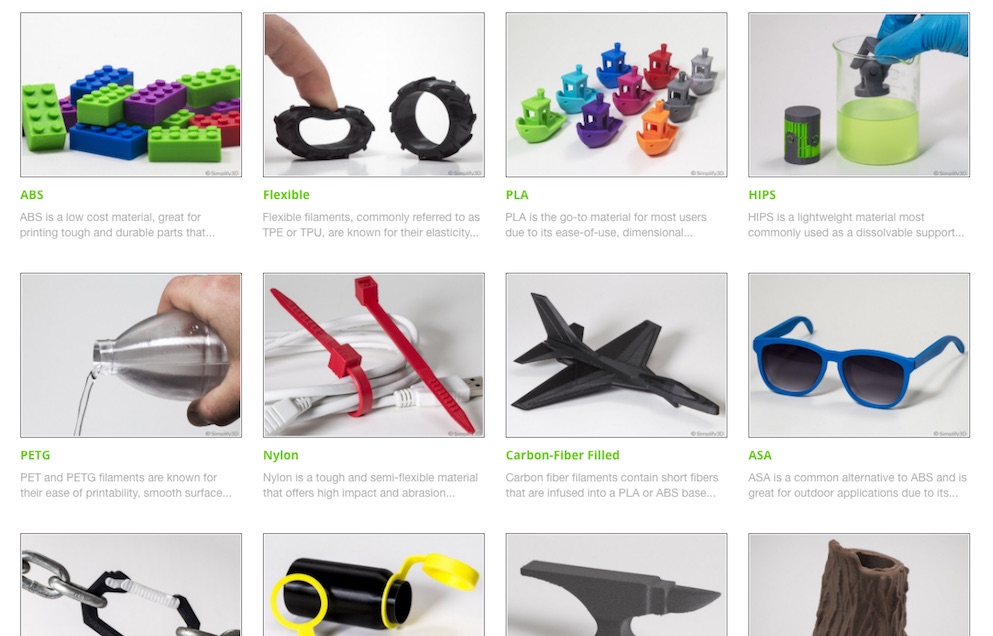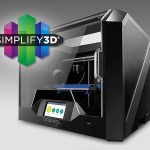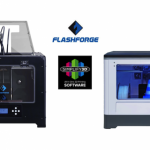Simplify3D Launches Ultimate 3D Printing Materials Guide
The last few years have seen an explosion of new materials for 3D printing applications. Each material has its own strengths and weaknesses, so choosing the right one can be a daunting task. After more than a year of research and development, we are proud to announce our extensive 3D Printing Materials Guide that explores all of the popular filaments in use today, providing expert tips to improve your results with each material. The guide includes in-depth articles for more than a dozen different filament types, along with a detailed Properties Table for comparing the physical and mechanical properties of one material against another.
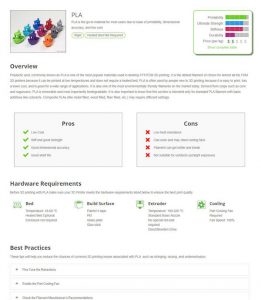 This guide is our latest educational resource focused on optimizing your 3D printed results. It joins our highly referenced Print Quality Troubleshooting Guide, which addresses common printing defects and their solutions. 3D printing involves a constantly balance of hardware, software, and materials. Our industry-leading 3D printing software is compatible with over 400 different 3D printers, greatly simplifying the challenges of working with multiple 3D printers. This new Guide provides extensive resources to help our customers succeed with the wide array of new materials that are available.
This guide is our latest educational resource focused on optimizing your 3D printed results. It joins our highly referenced Print Quality Troubleshooting Guide, which addresses common printing defects and their solutions. 3D printing involves a constantly balance of hardware, software, and materials. Our industry-leading 3D printing software is compatible with over 400 different 3D printers, greatly simplifying the challenges of working with multiple 3D printers. This new Guide provides extensive resources to help our customers succeed with the wide array of new materials that are available.
The Materials Guide starts with a grid of images, showcasing actual prints that were created with each material. You can use tags to quickly filter the images based on specific applications or needs. After selecting a material from the grid, you can view an in-depth article containing pros and cons, hardware requirements, best practices, troubleshooting solutions, and pro tips for advanced users. Each article also includes a helpful “Get Started” section with sample models to provide inspiration for your first print.
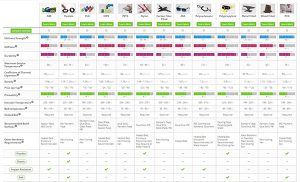 Along with this Guide, we have also published a robust Filament Properties Table that compiles 25 different properties and characteristics for each material. The Table includes detailed metrics such as strength, stiffness, density, and other mechanical properties that could be useful when designing your next part. A built-in comparison tool can be used to select specific materials for side-by-side comparison. Having all of this information in one place greatly simplifies the challenge of selecting the best material for a specific application.
Along with this Guide, we have also published a robust Filament Properties Table that compiles 25 different properties and characteristics for each material. The Table includes detailed metrics such as strength, stiffness, density, and other mechanical properties that could be useful when designing your next part. A built-in comparison tool can be used to select specific materials for side-by-side comparison. Having all of this information in one place greatly simplifies the challenge of selecting the best material for a specific application.
With so many different material options on the market today, this guide is a valuable resource for both new and experienced users who are hoping to improve their results.
Click below to view the complete 3D Printing Materials Guide and Properties Table

